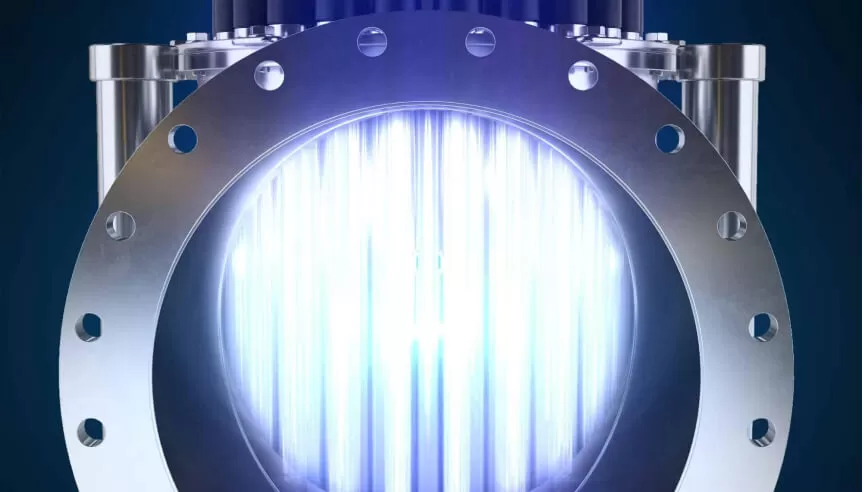Service life of UV lamps in water disinfection systems

Shedding Light on UV Lamp Lifespan in Water Disinfection Systems
In the realm of water treatment, Ultraviolet (UV) disinfection systems stand as stalwarts in the battle against harmful pathogens. Central to the effectiveness of these systems are UV lamps, which emit powerful ultraviolet light to neutralize bacteria, viruses, and other microorganisms present in water. However, understanding what determines the lifespan of UV lamps in UV water disinfection systems is essential for ensuring optimal performance and reliability. Let’s delve into the factors that influence UV lamp longevity and how they impact the efficiency of water disinfection.
Quality of UV Lamps:
The quality of UV lamps used in water disinfection systems is a primary determinant of their lifespan. High-quality lamps manufactured by reputable suppliers undergo rigorous testing and adhere to strict quality standards, ensuring consistent performance and longevity. Investing in UV lamps of superior quality may initially incur higher costs but can yield significant benefits in terms of reliability and durability over time.
Operating Conditions:
The operating conditions under which UV disinfection systems operate play a crucial role in determining the lifespan of UV lamps. Factors such as temperature, humidity, and exposure to contaminants can impact lamp performance and longevity. Extreme temperatures can cause thermal stress on lamps, leading to premature failure, while high humidity levels may promote the growth of algae and other biofilms on lamp surfaces, reducing their effectiveness.
Lamp Design and Construction:
The design and construction of UV lamps also influence their lifespan. Lamps engineered with durable materials and robust construction are better equipped to withstand the rigors of continuous operation and environmental factors. Additionally, features such as protective coatings and optimized electrode configurations can enhance lamp performance and extend their service life.
Lamp Maintenance:
Proper maintenance practices are essential for maximizing the lifespan of UV lamps in water disinfection systems. Regular cleaning of lamp sleeves and quartz sleeves helps prevent the buildup of fouling agents and maintains optimal UV transmission. Routine inspection and replacement of worn or damaged components, such as seals and O-rings, can also prolong lamp life and ensure system integrity.
Lamp Age and Usage:
Like any other mechanical or electrical component, UV lamps experience wear and degradation over time. The cumulative effect of operating hours, or “lamp hours,” gradually diminishes lamp output and efficiency. Manufacturers typically specify the recommended replacement interval for UV lamps based on their rated lifespan and usage parameters. Adhering to these guidelines ensures consistent disinfection performance and minimizes the risk of system downtime.
Water Quality and Composition:
The quality and composition of the water being treated can impact the lifespan of UV lamps in disinfection systems. Water containing high levels of suspended solids, organic matter, or minerals may accelerate lamp fouling and decrease UV transmittance. Pre-treatment processes such as filtration and sedimentation can help mitigate these effects and prolong lamp life by reducing the burden of contaminants on lamp surfaces.
Conclusion:
In the realm of UV water disinfection systems, the lifespan of UV lamps is influenced by a multitude of factors, including lamp quality, operating conditions, design, maintenance practices, age, and water quality. By understanding and addressing these factors, water treatment professionals can optimize the performance and longevity of UV disinfection systems, ensuring the consistent delivery of safe and clean drinking water. As technology advances and best practices evolve, the quest for enhanced UV lamp longevity continues, driving improvements in water treatment efficiency and effectiveness.
